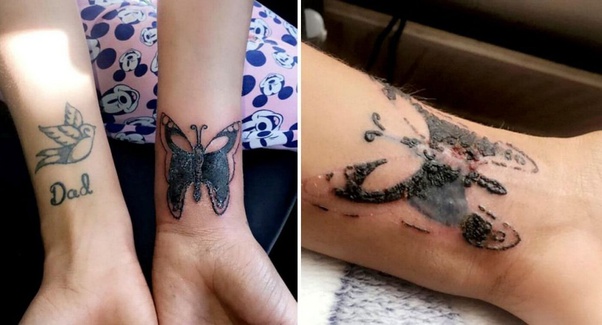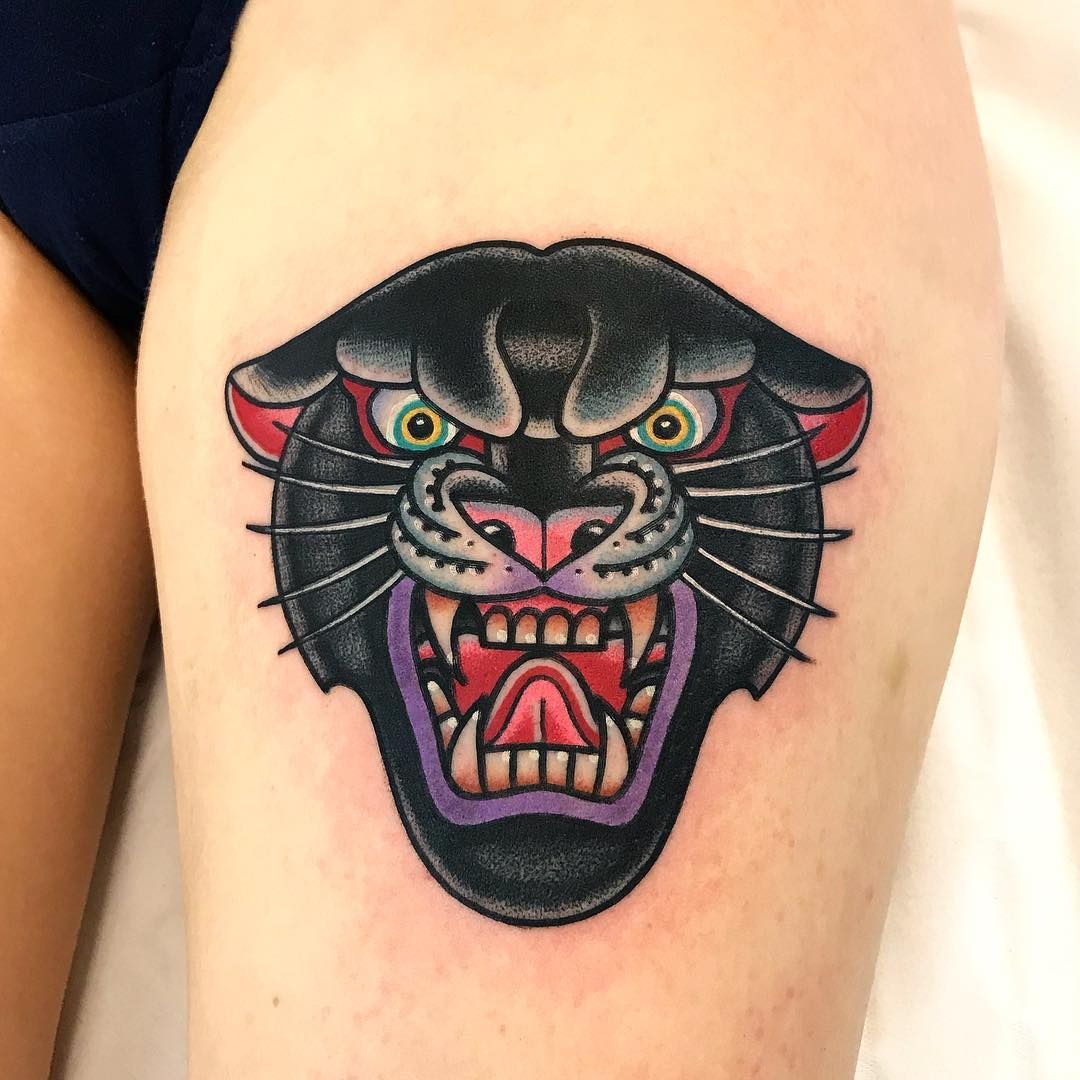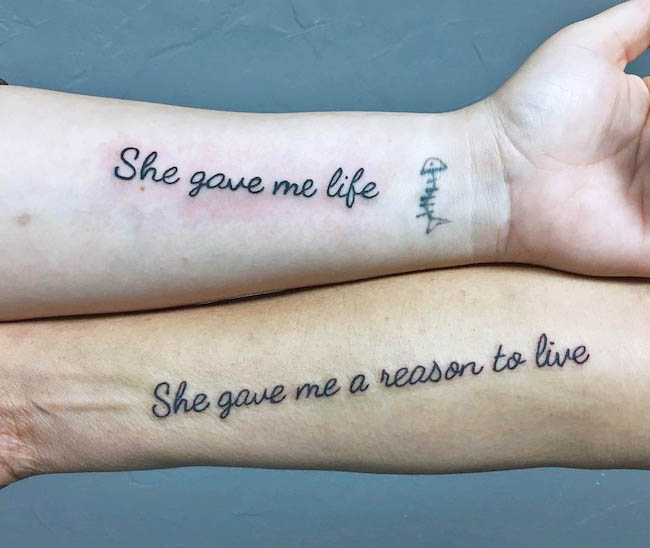
Topical Ointments
tattoos can add beauty and dimension to any body art collection. Yet, they can also increase the risk of infections if misapplied or received at a tattoo shop with poor sterilization practices. If the itching persists or worsens, seeking professional medical advice is recommended. Other symptoms of infection may include fever, chills, rash, painful bumps, discharge, and pus-oozing discharges, which could indicate the presence of Staph bacteria and may lead to serious health complications.
Topical Creams
Tattoo infections can become painful, but most can be effectively treated using topical creams. These creams can reduce swelling, redness, and inflammation caused by an infected tattoo. Recognizing the symptoms early is critical to effective treatment. Redness, itching, or discharge are among the hallmarks of an infected tattoo. If these symptoms arise shortly after receiving your new ink and continue to worsen over time, it’s likely an infection.
Surgical Removal
tattoos are a popular form of body modification but are also susceptible to infections. Knowing the telltale signs of an infected tattoo and when medical assistance should be sought is essential to lower your risk and keep yourself safe. Remember that tattoo removal may cause side effects such as itching and blisters. If a site being removed produces large amounts of pus, it could indicate infection and potentially deadly sepsis. In such cases, visiting a doctor is essential for proper examination and assessment.

